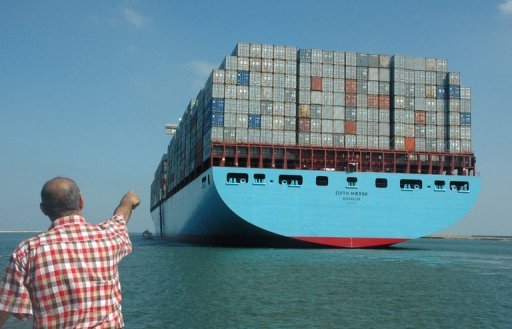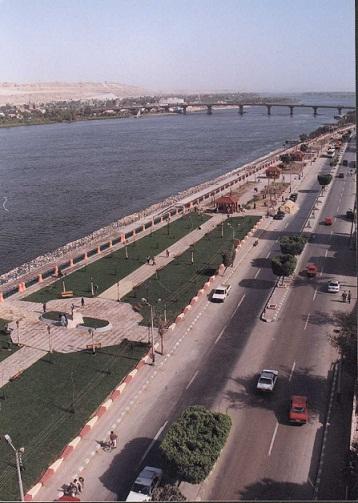A report issued by the World Gold Council showed that the Egyptian market is the only one that once again showed an improvement in the demand for gold jewellery, during the second quarter (Q2) of this year.
The report explained that Iran and Turkey are leading the decline in jewellery demand in the Middle East, as the collapse of the Iranian riyal, the depreciation of the Turkish lira, and the political tensions in the two countries led to a decline in demand in Q2 2018, leading to a drop in demand for gold, with declines also in Saudi Arabia and the UAE.
Meanwhile, the report revealed that demand for gold products in Egypt rose by 10% in Q2 2018 compared to the same period last year.
“The demand for gold products in Egypt during Q2 of this year was 5.1 tonnes, compared to 4.7 tonnes during the same period last year,” according to the report.
On the other hand, Iranians’ demand was channelled into gold investment products—which, unlike gold jewellery, are VAT-exempt—in order to keep their savings against inflation.
Meanwhile, the report explained that the demand for jewellery in Turkey fell by 10%, reaching 10 tonnes in Q2. The Turkish people have suspended plans to buy jewellery because of rising domestic prices at a time of political tension and currency depreciation.
Unfortunately, value added tax pushed a decline in the demand for jewellery in Saudi Arabia and the UAE in Q2.
Hence, Egypt was the only country in the Middle East to experience growth in demand during Q2 2018, as Egypt was previously the only country in the Middle East that experienced growth in demand, during the first three months of this year, according to a report issued last May.
“The demand for gold jewellery in Egypt rose by 6% in Q1 of this year, compared to the same period last year,” according to the report.
The question is why Egypt is the only country in the Middle East witnessing that growth, despite the inflation rate in Egypt being high. The report answered this question, attributing the increase in demand to the encouragement of the domestic environment in Egypt, where the International Monetary Fund provided the fourth tranche of the loan to Egypt, worth $2bn, after the Egyptian government implemented a programme of reform and investment, contributing to economic growth.
“The currency has stabilised but remains relatively weak, which should continue to support the export sector,” the report asserted.



